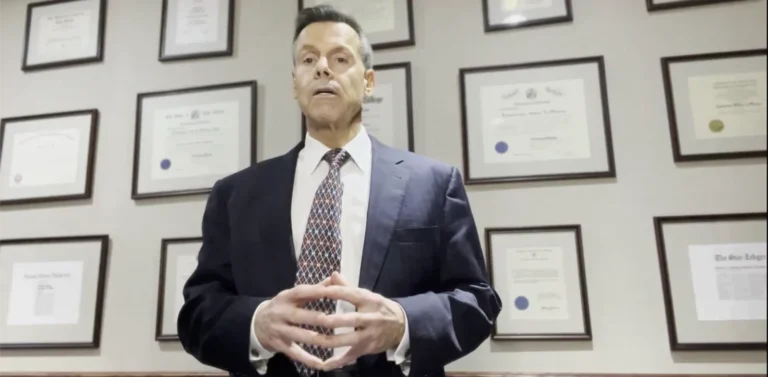T-Bone Car Accident Lawyers
No matter how a T-bone accident happens, whether you were hit from the side while entering an intersection or broadsided by a car making an illegal turn, it can be a devastating accident that could cause you or a passenger serious injuries.
T-bone accidents cause 25% of car occupant deaths each year in the United States. Even if you survive the accident, chances are good that you’ll suffer serious injuries, especially if the vehicle that hit you was traveling at high speeds.
If you’ve been in a car accident where you suffered a side impact and experienced injuries or property damage, you can turn to T-bone car accident lawyers at Garces, Grabler & LeBrocq.
What Is a T-Bone Car Accident?
A T-bone car accident is one in which one vehicle hits the side of another vehicle head-on, forming the shape of a “T” at the point of collision. It can often happen when one driver fails to yield to another car that has the right-of-way.
The most common places where T-bone car accidents happen are intersections with stop lights or stop signs. If a driver doesn’t respect a stop sign or if they try to make a left turn thinking that the other motorists will stop at a yellow light, they could end up broadsiding another vehicle.
No Fee Unless
GGL Wins
Common Causes of T-Bone Car Accidents
In New Jersey, there are a number of T-bone car accident causes that we at Garces, Grabler & LeBrocq come across when defending our clients.
Distracted Driving
Distracted driving is a common cause of many types of car accidents. Anytime a driver engages in any other activity while driving, they take their eyes and mind from the road. Hazards can appear at any moment, and road conditions can quickly change, so being fully focused on driving and the road ahead is essential.
Although texting or using a phone while driving is by far the most common distraction for drivers, eating, drinking, or even using your GPS while driving are all dangerous.
A distracted driver can easily miss a light change or a stop sign, leading them to barrel through an intersection and into the side of another vehicle.
Speeding
Speeding is always dangerous because it can mean a driver has a much shorter window of time to brake if they need to. Often, people think of speeding as traveling above the posted limit, but a driver going too fast for road conditions — even if they’re sticking to the legal limit — can also be speeding.
A driver who’s going too fast might not be able to stop their car in time if a light changes unexpectedly or if they encounter a stop sign. They may also try to take a turn at high speeds without fully checking that there are no oncoming vehicles.
What’s even worse is that speeding can make the resulting accident much worse, potentially leading to severe injuries and even fatalities.
Intoxicated Driving
Driving while under the influence of drugs or alcohol can put everyone on the road at risk. Alcohol and drugs affect the central nervous system, with the majority of substances affecting reflexes and coordination.
Some substances may slow reaction times, so the driver won’t be able to brake or make other decisions quickly enough. Other substances, like stimulants, can make a driver more aggressive and reckless, which can also lead to serious accidents.
Someone under the influence of alcohol or drugs may not be able to react appropriately to stop signs or red lights, or they could recklessly speed through corners and turns, potentially leading to T-bone accidents.
Reckless Driving
Reckless driving refers to driving a vehicle in a dangerous manner. It’s a conscious decision that a driver makes with the full knowledge that their actions could lead to others getting hurt. It can include actions like:
- Speeding
- Rapid lane changes
- Not using turn signals
- Racing other vehicles
- Refusing to stop at lights or stop signs
- Texting while driving
It’s important to understand that reckless driving isn’t the same as careless driving. The main difference is that reckless driving is an intentional disregard for the safety of others, while careless driving behaviors are unintentional.
Weather Conditions
Sometimes, the driver who causes the accident may not be fully to blame. If road conditions are slick because of rain or other weather-related issues, then they may lose control of the car, leading it to T-bone another vehicle.
Common Injuries From T-Bone Car Accidents
Injuries from T-bone accidents tend to be severe because the driver or passenger doesn’t have much protection. Cars are designed to offer the most protection from rear-end or head-on collisions, providing airbags, seat belts, and sturdier structures at the car’s head and rear.
Think of your vehicle. What side protection do most cars have beyond a door and a window? This means that your body will bear a large part of the damage a collision causes.
Fractured Bones
The lack of anything strong enough to protect the body from a side impact makes bone fractures more likely, especially if the other vehicle was speeding. Common broken bones in broadside accidents include fractured arms, ribs, and hips, but any bone can suffer from this kind of impact.
Internal Damage
A broken rib can puncture your lungs, while a hard enough blow can damage blood vessels, leading to bleeding that won’t clot.
Internal damage doesn’t always have many symptoms. Internal bleeding, for example, might begin with a bruise that doesn’t go away, and an injured person may ignore it until other signs start. To avoid missing out on immediate treatment, you need to turn to medical professionals at once after a side accident.
Severe Whiplash
When people think of whiplash, they often think of it as a bit of neck discomfort that resolves in a few days. While that’s true if you’re in a mild accident, a whiplash injury can be much more serious when it results from a T-bone car collision.
Whiplash occurs when the head jerks backward and forward rapidly. This leads the neck ligaments and muscles to strain.
In severe cases, whiplash can cause swelling in the neck area, making it difficult for signals to travel to and from the brain. This could result in neurological symptoms like vision problems, speech issues, and more.
Spinal Cord Injuries
Your spine is vulnerable during a T-bone collision. It absorbs a lot of the impact, and that shockwave of energy can cause all manner of damage. The same whip-like motion that leads to whiplash can work its way through your spine, dislodging vertebrae and even severing your spinal cord.
These kinds of injuries are catastrophic, and they could leave you with complete or partial paralysis.
Traumatic Brain Injuries
Unfortunately, traumatic brain injuries are common in T-bone collisions. Your head can hit the side of the car, or the force of the hit on its own can be powerful enough to cause your brain to shift in your skull.
Concussions are the mildest type of traumatic brain injury, but they can still cause significant issues, including memory problems, behavioral changes, and more. Severe traumatic brain injuries have the potential to lead to brain damage, coma, or death.
Common Damages From T-Bone Car Accidents
After being in a T-bone car accident, you have the chance to get economic and non-economic damages. The exact options you have can depend on the types of injuries you suffered and the kind of insurance policy you have.
Economic damages compensate you for the economic losses you’ve sustained because of the accident. One type of economic damage is medical expenses.
A T-bone accident will usually result in injuries, which will require medical care. For serious injuries, that could mean a hospital stay, rehabilitation, and more. These are expenses that you shouldn’t have to struggle to pay for if you weren’t to blame for the accident.
You can get coverage for medical expenses, including future costs if you need ongoing care, by claiming economic damages.
Because it’s common for cars to be totaled or seriously damaged during T-bone accidents, repairs or replacements also fall under economic damages.
You may also have missed work as you recovered from the injuries you suffered, which means you didn’t receive the income you’d otherwise have made. You can get compensation for lost wages as well as for the loss of earning potential if you’re not able to return to work at all or in the same capacity as before the accident.
Non-economic damages seek to compensate you for losses you suffered that aren’t economic in nature. For example, dealing with an injury leads you to experience pain and emotional anguish, so you could be eligible to receive pain and suffering damages.
Another type of non-economic damage is loss of enjoyment of life. If you’ve suffered a debilitating injury that doesn’t allow you to live your life the way you used to, then you can get compensation.
In instances when a loved one dies because of a T-bone accident or suffers brain damage or other life-changing injuries, it’s possible for spouses to claim loss of consortium to get compensation for the loss of support, companionship, and love.
Determining Fault for a T-bone Accident
The driver of either vehicle involved in a T-bone accident could be to blame, depending on how the collision occurred. In some instances, fault can be clear. For example, if one of the drivers ran a red light or made an illegal left turn, then they’re to blame for the resulting collision.
Most of the time, the driver who failed to yield the right-of-way to the other driver is the one at fault.
To prove fault, insurers will look at police reports, medical records, vehicular damage, and witness statements. To have the best chance of getting the right amount of compensation, you need to turn to a car accident lawyer with experience.
Injured in a Car Accident? Call Garces, Grabler & LeBrocq Today
Any kind of car accident can be stressful and even traumatic, but T-bone collisions are especially frightening. Being involved in one because of another driver’s negligence can leave you with bills, injuries, and even emotional distress.
By turning to Garces, Grabler & LeBrocq, you have a chance to get compensation to cover the losses you’ve sustained. Learn more about the services we offer by contacting our team online, or you can give us a call at 800-923-3456.
Related Practice Areas
No Fee Unless
GGL Wins
We've got you covered.

OFFICIAL PARTNER OF RUTGERS ATHLETICS
Recent GGL Wins
Auto Accident
31-year-old man who was cut off by another car causing his car to flip over. He sustained head injuries, facial injuries, and half of his pinky finger was amputated.
$3 Million
Verdict
Auto Accident
Mediation award Plaintiff was injured in an intersection motor vehicle collision resulting in neck and low back fusion surgeries. Read more…
$2 Million
Verdict
Auto Accident
Female passenger in vehicle rear-ended on Parkway. She sustained herniations resulting in multiple injections; a percutaneous discectomy; invasive surgery; and ultimately a percutaneous pain stimulator trial which did not result in a final implantation. There was no wage loss. Case settled for $1.6 Million. The primary carrier (NJM) paid $1Million and the insured’s excess carrier paid $600K







